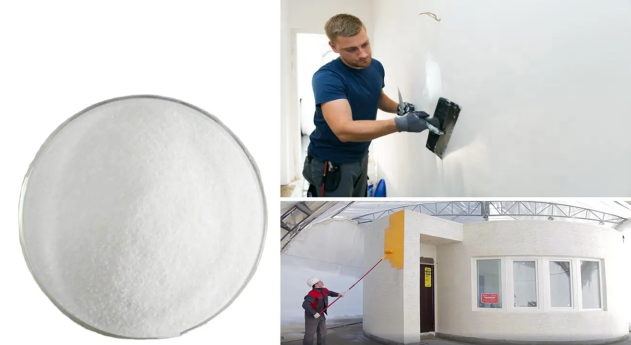
Dec . 12, 2024 15:44 Back to list
rutile titanium dioxide for fiber
The Role of Rutile Titanium Dioxide in Fiber Production
Rutile titanium dioxide (TiO2), known for its high refractive index, excellent chemical stability, and non-toxic properties, plays a significant role in various industries, including the fiber industry. As an essential material, rutile TiO2 is increasingly utilized for enhancing the quality and performance of fibers, particularly in textiles and composite materials.
Properties of Rutile Titanium Dioxide
Rutile is one of the three main crystalline forms of titanium dioxide, the others being anatase and brookite. Rutile TiO2 is characterized by its robust structure, which contributes to its exceptional durability and resistance to degradation from environmental factors like ultraviolet (UV) light, moisture, and heat. These properties make rutile an ideal candidate for applications in the fiber sector, where longevity and performance are crucial.
One of the standout features of rutile TiO2 is its high refractive index, which allows it to scatter light effectively. This quality provides fibers with enhanced brightness and opacity, making them more visually appealing. Furthermore, the pigment's ability to reflect UV radiation helps protect the underlying fibers from damage caused by sun exposure, thereby extending the lifespan of finished products.
Applications in Textile Fibers
In the textile industry, rutile titanium dioxide is widely used as a pigment for synthetic fibers such as polyester and nylon. The incorporation of rutile TiO2 into fiber production not only improves the aesthetic qualities of the fabrics but also provides functional benefits. For instance, the UV shielding effect helps in protecting the skin from harmful rays when wearing garments dyed with TiO2-infused fibers.
Additionally, rutile TiO2 enhances textile processes by improving dye uptake and color fastness. The presence of TiO2 can lead to more vivid colors that retain their brightness even after multiple washes, making garments more appealing to consumers and reducing waste due to the need for replacement.
rutile titanium dioxide for fiber

Advancements in Composite Fibers
Beyond traditional textiles, rutile titanium dioxide is poised to revolutionize the field of composite fibers. These materials, which combine fibers with various polymers, benefit significantly from the addition of rutile TiO2. For instance, in applications ranging from automotive parts to construction materials, compositing with rutile enhances mechanical strength and thermal stability.
Furthermore, the incorporation of TiO2 in composite fibers has been linked to antimicrobial properties, making these materials suitable for use in hygiene products, sportswear, and medical textiles. The ability of rutile to inhibit the growth of bacteria and fungi contributes to healthier environments, demonstrating its versatility beyond mere aesthetics.
Environmental Considerations
As demand for sustainable and eco-friendly materials intensifies, the production and use of rutile titanium dioxide raise important considerations. It is crucial that the sourcing of titanium dioxide is conducted responsibly, with a focus on minimizing environmental impact. Innovation in synthetic processes and recycling of TiO2-based materials could enhance sustainability in fiber production while maintaining the beneficial properties of rutile.
Moreover, ongoing research into the development of bio-based composites that incorporate rutile TiO2 is gaining momentum. This approach not only aligns with environmentally friendly practices but also explores the potential of integrating renewable resources in the fiber industry.
Conclusion
Rutile titanium dioxide exemplifies the intersection of functionality and aesthetics in the fiber industry. Its unique properties make it invaluable in enhancing the performance and longevity of fibers, contributing to both traditional textiles and advanced composite materials. As the industry navigates the challenges of sustainability, the responsible use and innovative applications of rutile TiO2 will likely remain at the forefront of fiber technology. By continuing to explore and optimize its use, the fiber industry can provide consumers with high-quality, durable, and environmentally friendly products, setting a new standard for the future.
-
Premium 6618 Titanium Dioxide for GPT-4 Turbo Applications
NewsJul.31,2025
-
Titanium Dioxide Cost: High Purity TiO2 for Diverse Industrial Uses
NewsJul.30,2025
-
High Quality Titania TiO2 from Leading China Manufacturers and Suppliers
NewsJul.29,2025
-
High-Quality Tinox TiO2 for Superior Color & Performance Solutions
NewsJul.29,2025
-
High Quality Titania TiO2 from Leading China Supplier & Manufacturer
NewsJul.29,2025
-
High-Performance r6618 TiO2 for Superior Whitening and Versatility
NewsJul.28,2025
